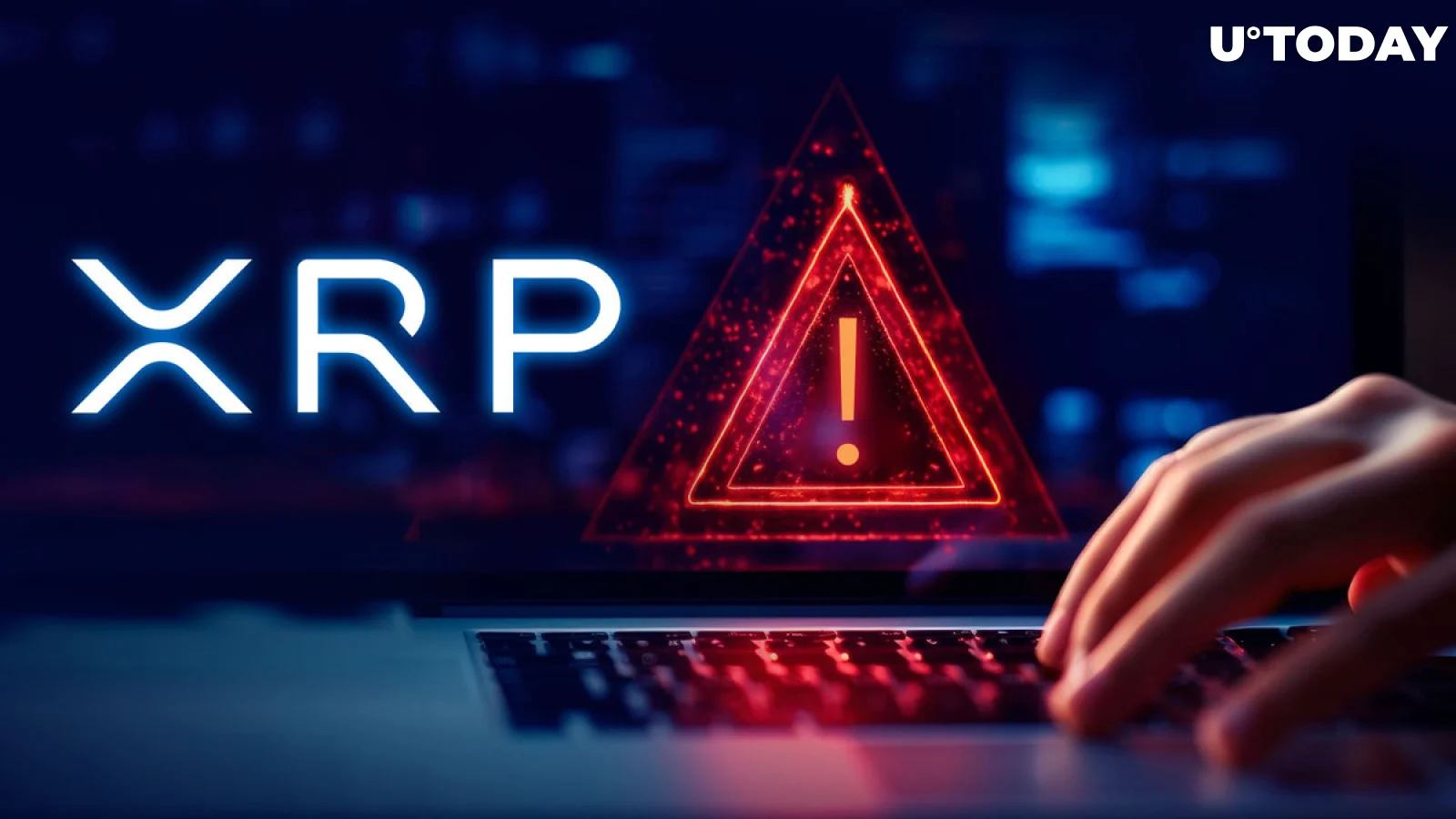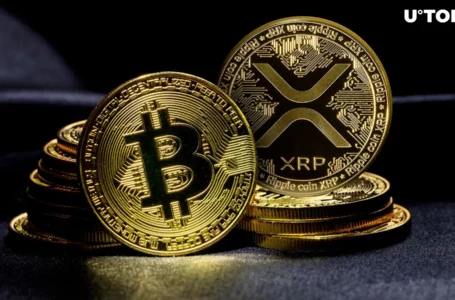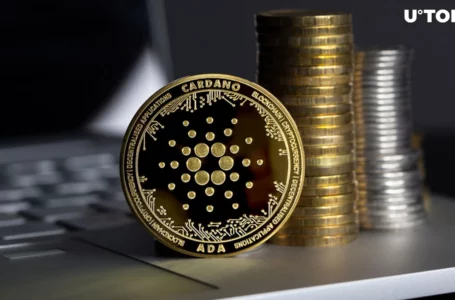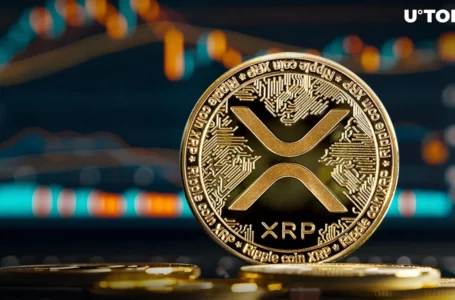
The XRP community has received an urgent warning from Ripple. The warning is in reaction to many con games that go after owners of XRP. Specifically, the image of Brad Garlinghouse, the CEO of Ripple, is being utilised more frequently in deepfakes and other cryptocurrency frauds that advertise free XRP giveaways.
Ripple cautions that no one will ever be asked to send XRP by the firm or any of its officials. Ripple produced a demonstration film to further enlighten the public and emphasise the warning.
A common type of fraud is impersonation, in which con artists use photos from profiles, logos, deepfakes, or authentic video clips that have branding that matches actual company iconography to give the scheme a false impression of credibility.
https://x.com/Ripple/status/1778460833795723474
Social media posts purporting to be from public personalities offering free cryptocurrencies are known as cryptocurrency giveaway scams. Phishing scams typically take the shape of texts or emails purporting to be from a reputable source, requesting that recipients reply, visit a website, or give money.
Rug pulls, also known as exit scams, happen when cryptocurrency creators withdraw their capital and leave the project in order to take advantage of investors.
In a blog post, Ripple claims that it is combating scammers in a number of ways, such as by coordinating efforts with other blockchain firms to avoid scams, alerting users to possible scam activities, and collaborating with outside experts to actively search the web for potential scams.
Identifying scams
Top advice for spotting and avoiding social media frauds was provided by Ripple. These include comments on a social media post that “loves” or “thanks” the firm for giveaway prizes, odd account names, and the absence of a profile photo.
Additional ones include links to phoney websites or cryptocurrency wallet addresses that beg recipients to wire money, cryptocurrency giveaway scams, social media comments that are disabled or limited, and unsolicited messages.
Unknown cryptocurrency assets showing up in users’ wallets, promises of instantaneous free cryptocurrency, phoney testimonies of others receiving free cryptocurrency, and phoney webpages with misspellings or grammar mistakes are all included in the suspicious wallet activity.
Tips to stay safe
Before sending or receiving money, cryptocurrency users should always perform their own due diligence. To confirm the facts, they ought to visit the business’s official social media pages and website.
Use of safe surfing browsers, which alert users to potentially dangerous crypto scam websites or downloads, is recommended for cryptocurrency users. They should also keep in mind that, in most cases, offers that seem too good to be true actually are.


















